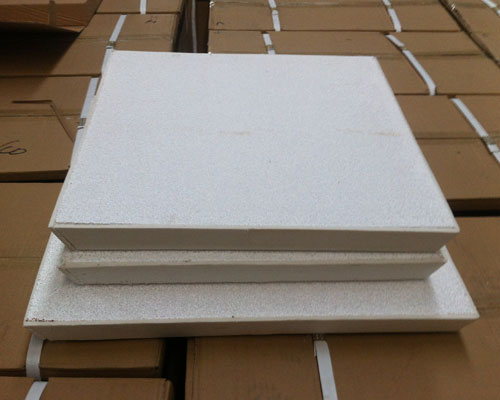Casting filters can effectively remove inclusions in molten aluminum, improve casting structure, improve processing performance, reduce processing cost, and improve product qualification rate and mechanical properties.
The casting filters can not only effectively remove the large heterogeneous impurities in liquid aluminum, but also filter out the micro inclusions which can not be removed by traditional process. Because hydrogen atoms and other harmful ions in liquid aluminum are often adsorbed on inclusions, inclusions can become the core of bubble formation, so the harmful gas in liquid aluminum can be reduced while filtering inclusions.
The slag inclusion defects in the casting process of aluminum ingot and aluminum bar greatly affect the production efficiency and economic benefits of aluminum ingot plant and aluminum bar plant. The coarse inclusions on the surface reduce the surface finish of the casting, and even lead to the direct scrap of the casting. Subcutaneous inclusion defects are usually found only in the processing stage, assembly stage, or actual use stage. For example, in the machining workshop, the presence of macro or micro inclusions will reduce the machinability of castings and the life of machining tools.
Inclusions in the process of assembly or use will reduce the mechanical properties or service performance of castings, such as leakage under pressure. Scrap castings in the process of processing, assembly, or use usually cause higher losses, because many operations have been carried out before.
PPI is commonly used to represent the pore size of foam ceramic filters. Different PPI and different thickness of filter plate have different filtration effects on particles. The bigger the PPI is, the thicker the thickness is, the better the filtration effect is.
Generally, the thickness of the standard filter plate is 50 mm. If it is too thick, the melting speed will slow down, and the size of the ceramic filter foundry must be increased to achieve a certain flow rate. When the thickness is fixed, the catching ability of particles, especially the small particles below 20m, is different with different PPI.

